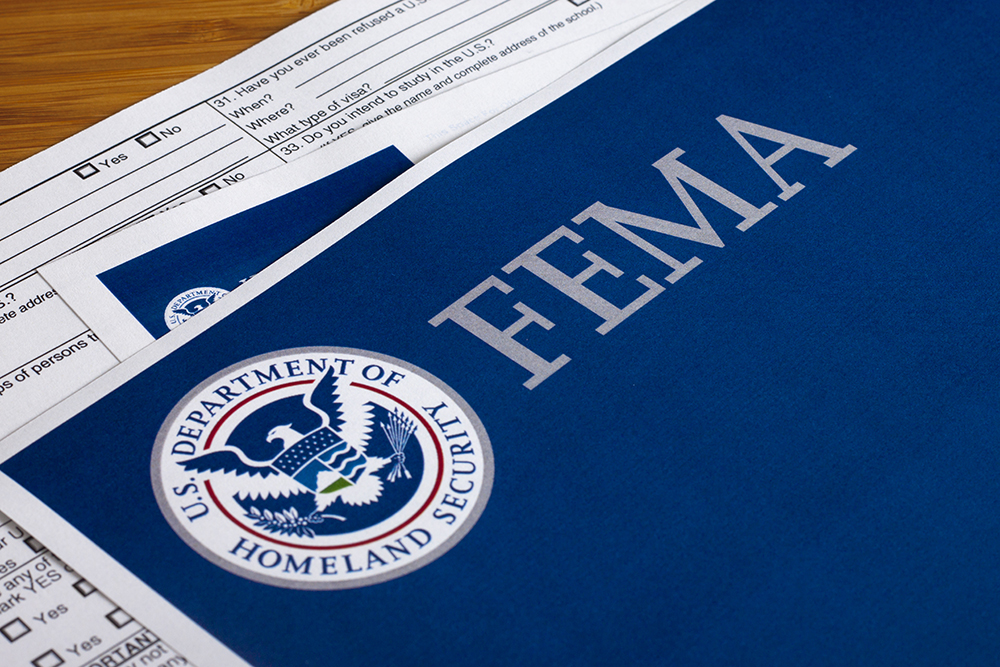Last week, the US Federal Emergency Management Agency (FEMA) announced that it would begin soliciting applications through the FFY22 Assistance to Firefighters Grant (AFG) funding cycle in early January 2023. Since its initial authorization in 2001, the AFG program has provided fire departments and non-affiliated emergency medical service agencies across the country with critical grant funding for equipment, vehicle, and training projects designed to help protect the public and emergency personnel from fire and other related hazards.
While AFG has and continues to be a valuable resource, the program is notoriously competitive, requiring a strong technical approach and keen attention to detail when preparing applications. In addition, the AFG program historically has a narrow application window leaving applicants with limited time between when the application period first opens and ultimately closes. With the FFY22 funding cycle looming, it is important for prospective applicants to start preparing now. Our team has identified several steps that agencies can take to best position themselves for when it does.
Online Portal Access
AFG applications are submitted electronically through the FEMA Grants Outcomes (FEMA GO) portal. In addition, applicants are also required to maintain an active registration through the System for Award Management (SAM.gov) system. Having your registrations completed and up to date in both systems prior to the application period opening can save your agency considerable time by allowing you to get in and start working on your proposal the minute the application period opens.
Planning
For each AFG funding cycle, FEMA provides a list of priority equipment, vehicle, and training projects. Agencies should begin taking an inventory of their existing projects/needs. Having this list of projects identified and in place will ensure your agency can quickly align priority projects with those priorities established by FEMA.
Data Collection
FEMA requires that applicants utilize data to make the case as to why they should receive funding. This data includes call volumes, annual maintenance costs, apparatus inventories, the age/condition of equipment, etc. Having this detailed data in place will help your agency make a strong case for how your proposed funding request will help to improve daily operations, save lives, provide relief for local taxpayers, etc.
While these steps may seem routine in nature, having taken them prior to the application period opening will put your organization well ahead of the curve, allowing for you to focus more time/resources on application development and less on administrative tasks. If you would like to learn more about our experience working through the AFG program and how we have helped guide our clients through application process, please feel free to contact us today.

